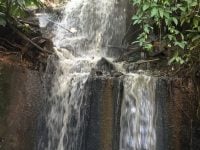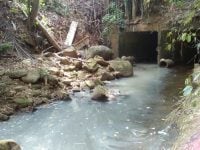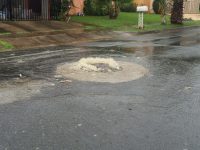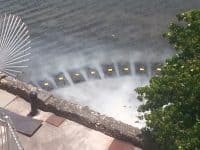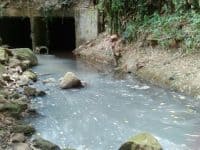IDDE Task Force and Illegal Discharge
In 2014, the Estuario de la Bahía de San Juan Program created the Illegal Discharges Detection & Elimination Task Force (IDDE Task Force), a multi-sector group to identify and address the discharge of used non-treated water and other sources of contamination in the estuarine basin.
The task force is composed of a group of state and federal agencies such as the Aqueduct and Sewage Authority, the Natural and Environmental Resources Department, and the Environmental Protection Agency of the United States (EPA). Municipal agencies from the eight municipalities on the estuary hydrographic basin also collaborate with community and academic representatives.
The IDDE Task Force meets at least four times a year, depending on the cases reported. During the meetings, the findings are discussed with the purpose of developing a corrective action plan. On occasion, the group invites external organizations and consultants to share information, exchange ideas and technology, and create new strategies. One of the main activities is to coordinate field trips to locations where illegal discharges were identified.
The participation of state, municipal, and federal agencies is voluntary and collaborative. This allows for a proactive approach to problem solving. The IDDE Task Force has been reviewed by the press and recognized by the EPA as an example to detect and correct illegal discharge in other basins.
The Agricultural Research Station of the University of Puerto Rico, collaborating with the IDDE Task Force, has a contract to develop a project for identifying and classifying leakage of illegal discharges at the basin. As part of the project, a group of specialists visit the rivers, ravines, and other locations with the tools to measure water quality parameters and count bacteria indicative of fecal contamination.
This project is in its second phase, which consists of correcting and monitoring discharges previously identified in 12 critical areas. The IDDE Task Force uses the collected research to take immediate action.
As part of the project, the Civic Monitoring Network was created. The group is made of community members of the estuary. The group receives training in order to continue and perpetrate the efforts to improve the water quality at the estuarine system.
